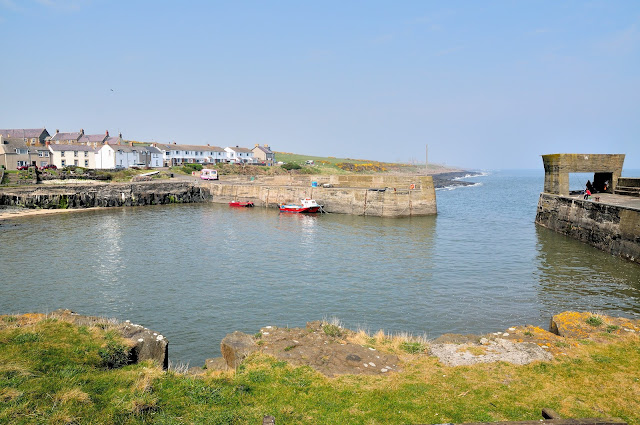Birds of Bempton and Flamborough Head

We had wanted to return to Bempton Cliffs in Yorkshire since our previous short visit. So a few days in the area seemed a good idea and Bridlington it was! We had not had a look at the fishing port of Bridlington, so we were `killing two birds with one stone`, as was often said. We were booked into the Lobster Pot Inn only about 20 min drive from Bempton Cliffs, and this was our first port of call. The Bempton Cliffs reserve, on the spectacular Yorkshire coast, is home to one of the UK's top wildlife spectacles. Around half a million seabirds gather here between March and October to raise a family on towering chalk cliffs which overlook the North Sea. Read more at RSPB The experience is truly awe inspiring at this time of year and we could recommend this as a must if you are in the area. So to a few images of the birds swooping and diving in front of us! An adult Gannett Kittiwake Juvenile Gannet of between 2 and 3 years old,...
